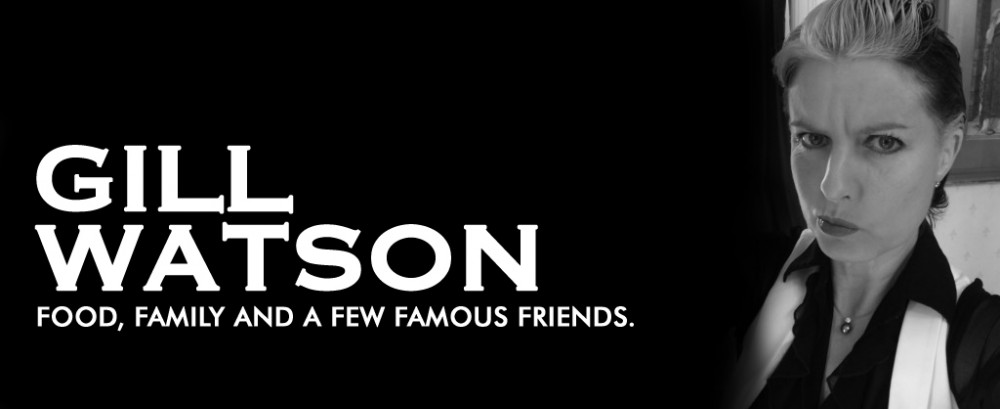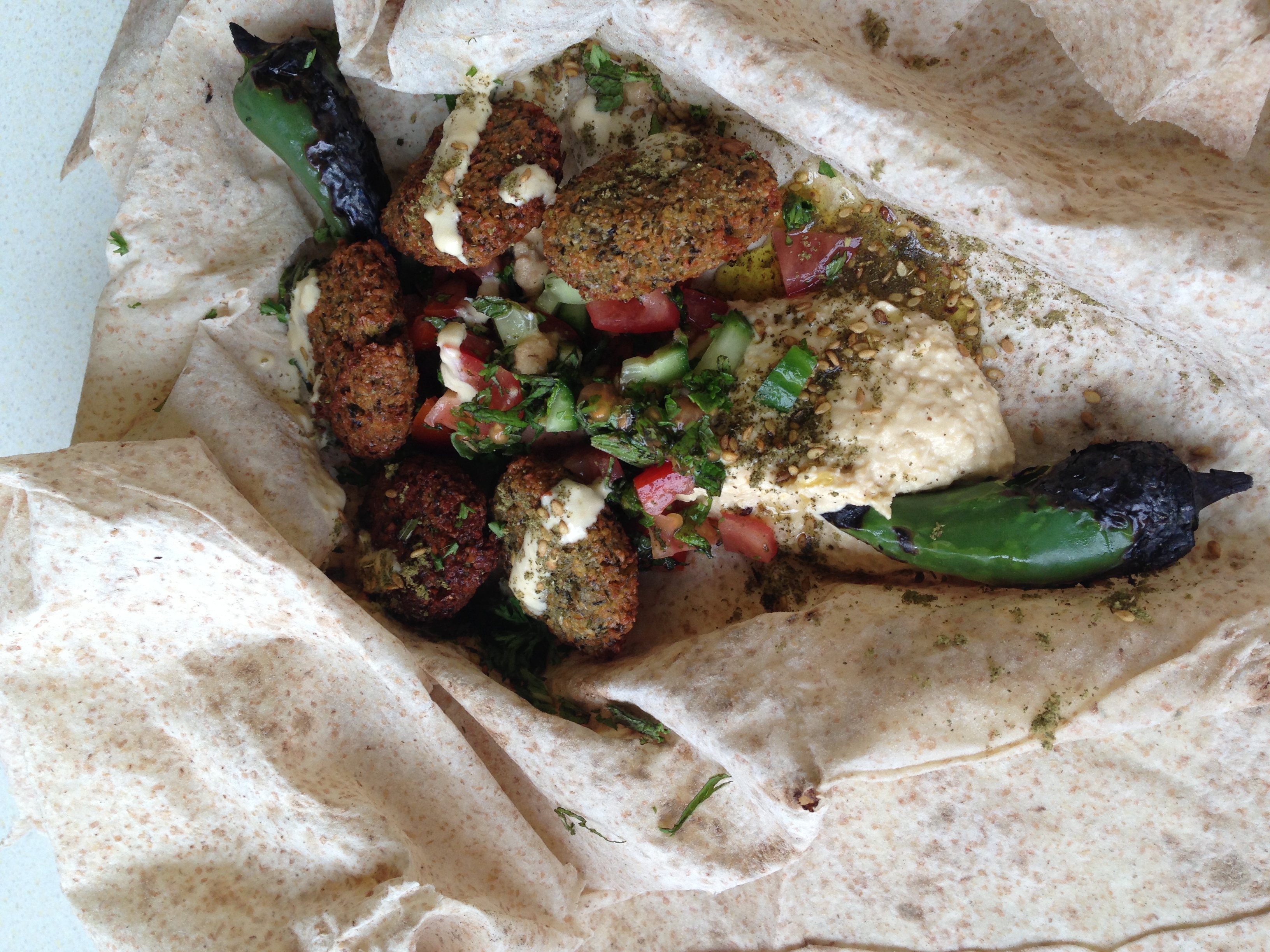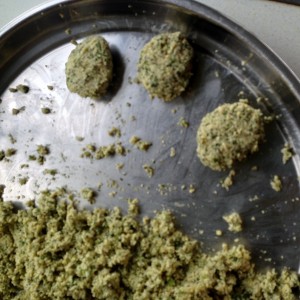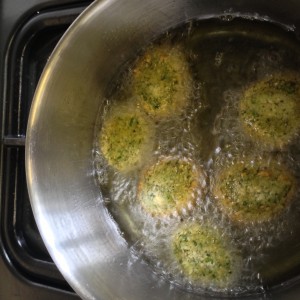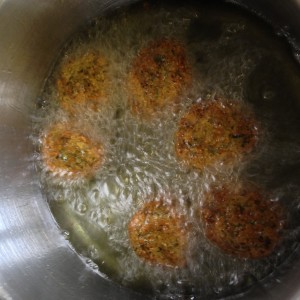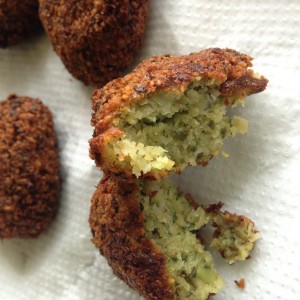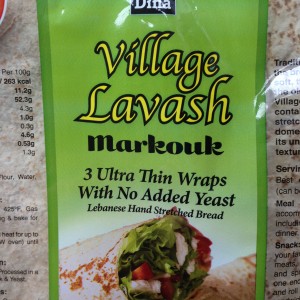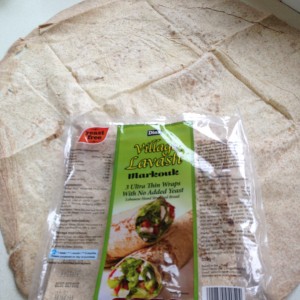Not a lot of people know this but I was once married to a mad, Israeli photographer. I suspect this past marriage is the reason I failed to get the job as escort to a Saudi Arabian princess. I was all set to take Ms Princess to all my favourite restaurants when I had a call to say that, after running a security check, the Royal Family were no longer in a position to offer me the post. Funny how it didn’t stop me working for the arms dealer though. I guess MI5/CIA don’t mind a bit of fraternisation with the Israelis.
Anyhow, I lived in Tel Aviv for a while with the mad photographer. I waitressed, I modelled and I ate lots of amazing food both in restaurants and cooked by my mother-in-law. Food didn’t hit my hips in those days and I’m pleased to say I made the most of it. It surprised me that Israeli cuisine didn’t make much of a mark beyond its own wailing walls (other than falafel stands) until Yotam Ottolenghi came along. My hero Claudia Roden covered plenty of Israeli dishes in her book on Jewish food but who ever knew the name of an Israeli chef until Yotam arrived? I suspect that Yotam is rather lovely and he has a husband and baby which pleases me greatly. He has also just won Gourmand’s ‘Mediterranean – Best in the World’ prize for his book Jerusalem. Go Yotam, go!
I’m not going to cook anything from his book because I haven’t bought it yet. I like to think I know my Israeli stuff pretty well and suspect I may know a few ancient recipes that even Yotam hasn’t catalogued. I could be wrong. But until I visit a decent bookshop and have a look through I won’t know whether to do an Amazon buy or not.
Nevertheless, I am quite famous in these parts for my falafel and am often asked to make them when there are Palestinian guests visiting the area. This happens more often than you may imagine. I know it seems a bit odd to present the Palestinians with Israel’s national dish but as it probably originated n Egypt then that justifies it as far as I’m concerned. Egyptian falafel is usually made with dried broad beans rather than the chickpea version favoured by Israel. I chose to use chickpeas for this recipe so that I would have some left over to make hoummous. Basically, I was too lazy to prepare both beans/peas. Although I suppose I could have made a broad bean hoummus. Next time.
A word of warning – I remember reading a recipe for falafel many years ago (could have been an early Claudia Roden book) which recommended drying out the blender-pulped chickpea mix, uncovered, in the fridge for a couple of hours. Allegedly, Yotam also recommends this. For Abraham’s sake please DO NOT DO THIS. It makes your fridge stink of very nasty farts and you’ll have to throw everything away because you won’t want to eat anything that’s been sitting in that smelly fug.
Here’s the very basic falafel recipe.
300g dried chickpeas or broadbeans or a mix of both.
Teaspoon of bicarbonate of soda.
Soak the chickpeas/beans overnight in a large pan with plenty of water and the bicarb.
Pulse a mix of parsley, mint, 3 spring onions/scallions, 2 cloves garlic, salt, 2tsp cayenne, 2tsp cumin powder in a Magimix/CuisineArt. I use loads of greenery (half a supermarket pack of each) but it all depends on how herby you want it. When you have a very fine herb pulp add the chick peas and begin to pulse until it looks like the picture. I don’t think it’s possible to over-grind raw chickpeas but if you under-grind the falafel balls will crumble when you try to form them with your hands.
At this point, taste the mix to check the seasoning. Falafel mix needs quite a lot of salt. Form small balls from the mix. If it’s crumbling then whizz it a bit more in the grinder. Lots of recipes recommend adding flour or baking powder at this stage but if you’ve ground it enough there should be no need for flour and baking powder can sometimes give it that weird fishy taste. Flatten the balls slightly and feel free to press the balls into some sesame seeds if you like – I often do. Watch out for them spitting at you in the hot oil though. Fry to a golden brown on one side then flip over and fry the other side.
- Forming falafel
- Frying falafel
- Turn to finish frying
- Cooked falafel
- Lavash bread
- Enormous flat bread
I soaked extra chickpeas so I could make the hoummus. Cook chickpeas in plenty of water until soft then pulse with garlic, salt, lemon, cumin and a big spoon of Tahini paste.
One sheet of Lavash is enough to make 4 falafel wraps. I like to put 6 small falafel in each with finely chopped Israeli salad (cucumber, tomato, parsley, lemon), a tiny smidgen of hoummus and plenty of tahina. It should tell you how to make tahina on the jar of Tahini paste but it doesn’t. So, mix half a jar of Tahini with one crushed garlic clove, salt, juice of one lemon and then enough water to bring to the consistency you want. I like it quite thick but it’s usually dribbly for falafel dressing. If you’re a Za’ata fan and can find it in your town then sprinkle the whole lovely lot before wrapping up. This is just so good accompanied by a hot-as-hell paste made from chilli flakes crushed with fennel seeds and salt and mixed with olive oil. Yoffi! – as the Israelis would say.
